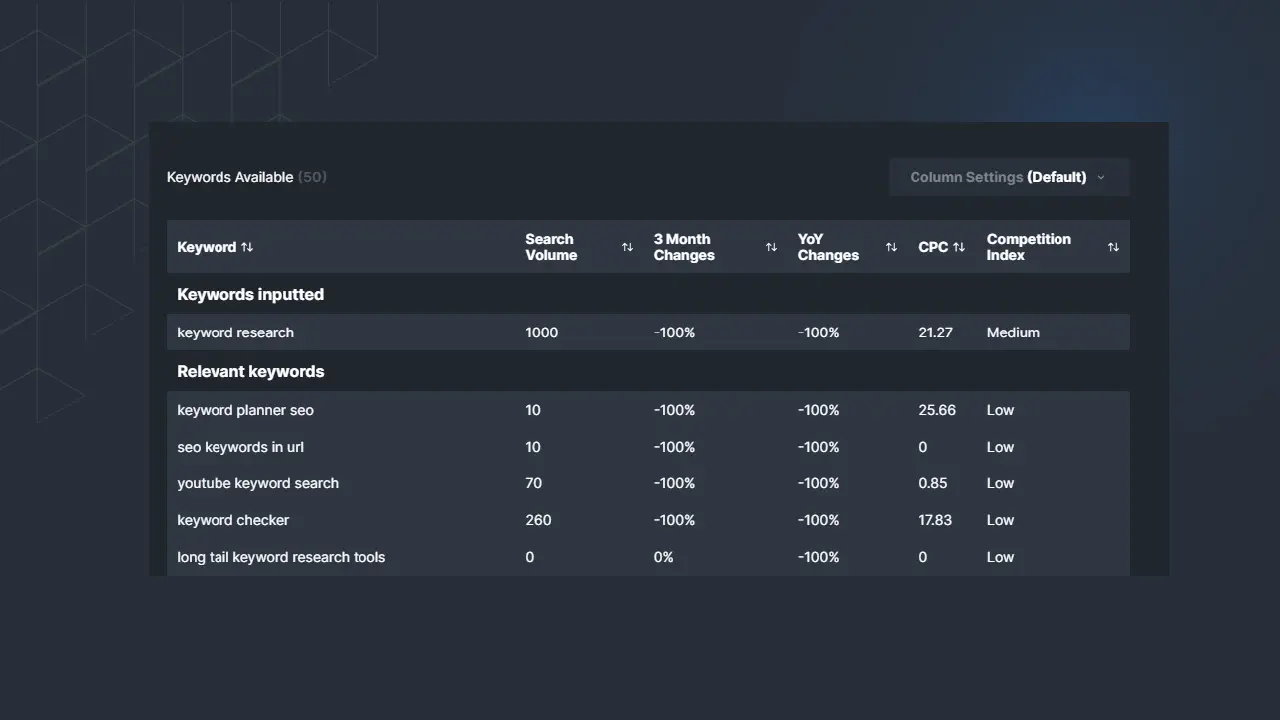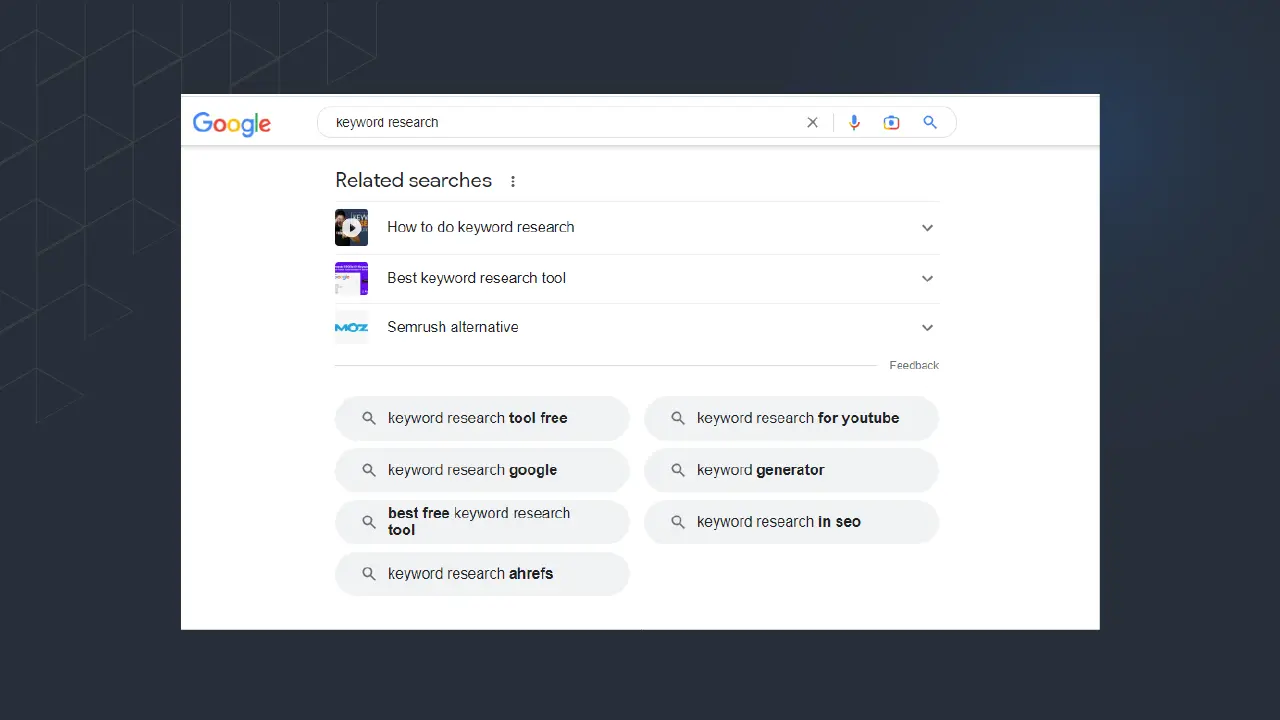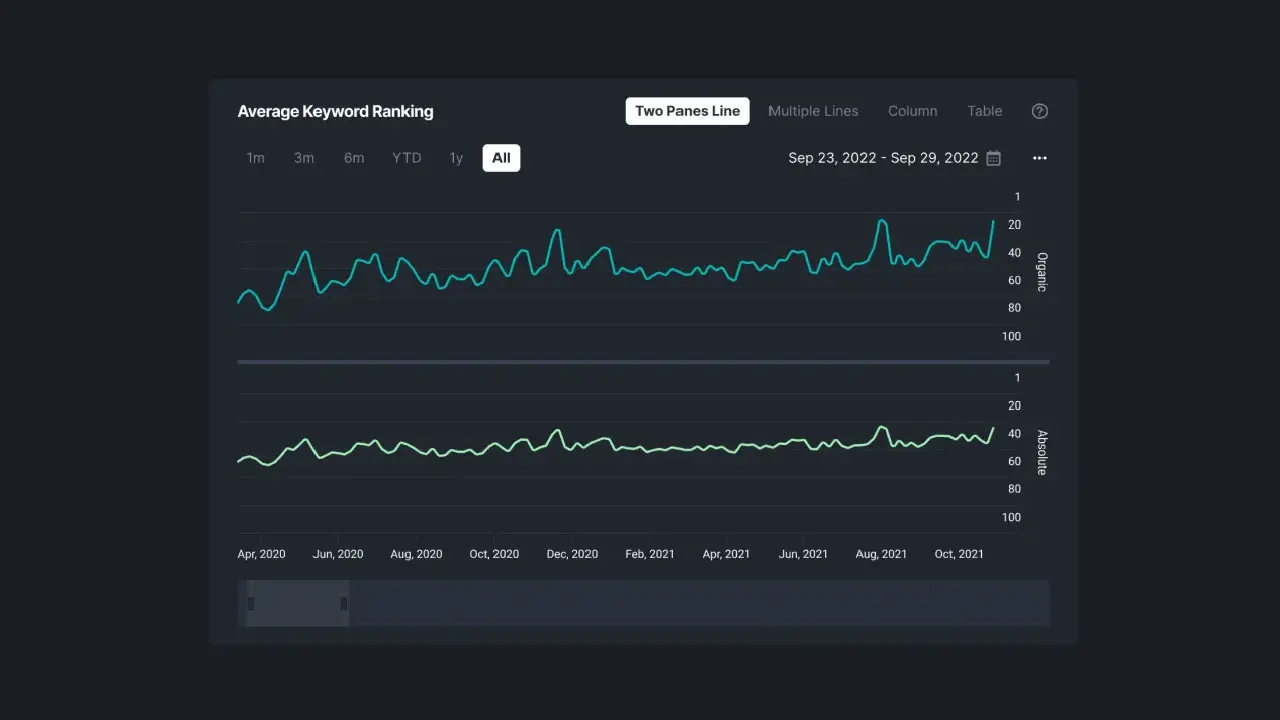LSI Keywords: Cara Mencari dan Optimasi dalam Konten
When it comes to content optimization, keywords play a crucial role in attracting search engine traffic. However, traditional exact-match keywords are no longer sufficient to maximize visibility in search results. Thus, you need LSI keyword optimization.
In this comprehensive guide, we will explore the significance of LSI keywords in content optimization and provide valuable insights on finding, using, and optimizing them for improved search engine rankings and user experience.
What is LSI Keyword?
LSI keywords, derived from latent semantic indexing, go beyond literal keyword matching. They encompass terms and phrases that are semantically related to the primary keyword, enabling search engines to grasp the overall content theme.
LSI keywords differ from traditional keywords in their approach to content optimization. Here's a closer look at the differences between LSI keywords and traditional keywords, along with examples:
Semantic Relatedness: LSI Keywords are semantically related to the main keyword or topic, whereas traditional keywords typically revolve around exact matches or closely related variations. For example:
Traditional Keyword: "Best smartphones"
LSI: "Top-rated mobile devices," "latest phone models," "smartphone reviews"
Contextual Understanding: LSI Keywords help search engines comprehend the overall theme and purpose of the content by considering related terms and phrases. This broader context enhances the content's relevance. For example:
Traditional Keyword: "Chocolate cake recipe"
LSI: "Homemade desserts," "baking tips," "cake decorating techniques"
Diverse Vocabulary: LSI Keywords allow for a wider vocabulary and synonyms, capturing the various ways people may express a concept. This flexibility helps to target a broader audience. For example:
Traditional Keyword: "Digital marketing strategies"
LSI: "Online advertising techniques," "Internet marketing tactics," "digital branding methods"
How to Find LSI Keyword
To effectively leverage LSI keywords, it is essential to have a systematic approach to finding them. Keyword research tools equipped with LSI capabilities can provide valuable insights into relevant LSI keywords.
For example, this Keyword tool can be used as an LSI keywords generator. You just need to put your keywords in the field provided and the result will be more than just an exact match.
 |
|---|
| Picture 1: Keyword research that can generate LSI keywords |
Not only the keyword ideas, but you can get important keyword metrics data such as search volume, competition, YoY changes, CPC, and more. Then, you can analyze the results based on the data.
Additionally, search engines and related search suggestions offer excellent opportunities to discover LSI keyword ideas. By understanding user intent and targeting long-tail LSI keywords, you can align your content strategy with the needs and expectations of your audience.
 |
|---|
| Picture 2: Related Search in the search engine as the LSI result of a certain query |
Using LSI Keywords in Content
Once you have identified relevant LSI keywords, the next step is to seamlessly integrate them into your content. It's crucial to use LSI keywords naturally and avoid keyword stuffing.
LSI keywords can be strategically placed in headings, subheadings, body paragraphs, and bullet points to enhance the overall structure and coherence of your content.
They can also be optimized in meta tags, meta descriptions, internal links, and anchor text to improve search engine understanding and visibility.
Integrating LSI keywords into the content offers several benefits and is essential for effective content optimization. It also enhances the relevance of your content by providing a deeper understanding of the overall topic and context.
By incorporating LSI keywords related to your main keyword, you signal to search engines that your content covers a wide range of related subtopics, making it more comprehensive and valuable to users.
Optimizing Content with LSI Keyword
Optimizing these keywords in your content requires a strategic and thoughtful approach. Here are practical steps to help you effectively integrate LSI keywords into your content.
- Identify Optimal Placement: Consider incorporating them in headings, subheadings, and throughout the body text. Look for opportunities to include LSI keywords in bullet points, lists, and other relevant sections.
- Maintain Readability and Coherence: Avoid keyword stuffing, which can negatively impact the user experience. Instead, focus on seamlessly blending the keywords into your writing. They should flow naturally within the context of your content.
- Create Relevant and Comprehensive Content: Use LSI keywords to expand the depth and value of your content by addressing different aspects, perspectives, and questions related to your main keyword.
- Monitor and Analyze Performance: Continuously monitor the performance of your LSI keywords. Track keyword rankings, changes in search engine visibility, and user engagement metrics.
 |
|---|
| Picture 3: monitoring average keyword ranking in Sequence Stats |
By following these practical steps, you can effectively optimize the keywords in your content. Remember to prioritize the user experience, maintain readability, and focus on creating high-quality content.
Conclusion
In conclusion, LSI (Latent Semantic Indexing) keywords play a crucial role in content optimization, offering a deeper understanding of content context and user intent. By finding, using, and optimizing LSI keywords effectively, you can enhance overall SEO performance.
Using the right tool and approach, you can get the highest ranking in the SERP and beat your competitors.